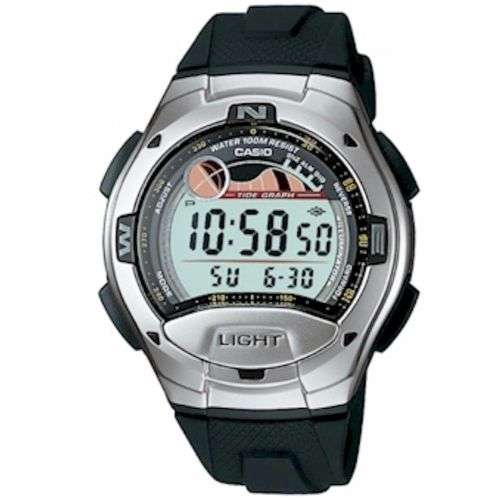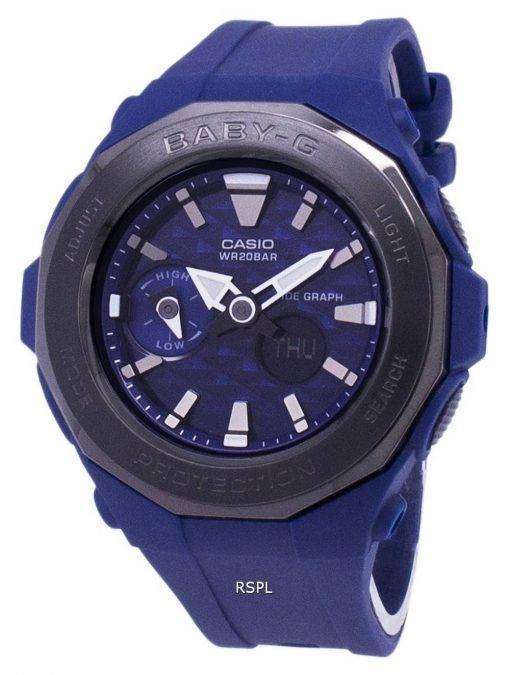
.jpg)
I have heard mixed opinions about how useful and accurate they are. They are supposed to be a little less sensitive to having to be perfectly level and can remember headings for you. Some computers have an electronic compass. Some will even manage multiple blends and allow you to switch between them during a dive. They will also tell you how quickly you are consuming your air and will calculate how much time it will take you at your current depth before you use it up.Īnother great feature available on some computers is keeping track of different gas blends and oxygen exposure when diving with enriched air and Nitrox. Some computers wirelessly connect to a transmitter in your first stage and can give you information about remaining air pressure. Is it useful to you having one device that does both? Not all watches work very well when regularly exposed to pressure at depth and not all computers can be worn around town.

#Suunto tide graph free#
Yep, whether I’m timing a student breathing from a free flowing regulator or trying to figure out when the bar will close I know my dive computer is there. This is especially good when I am teaching students to do a controlled emergency swimming ascent “if you start to hear beeping, slow down”. I also find the rate of ascent alarm useful, which lets me know when I am going up too quickly. I use my safety stop one a lot, which I have set to let me know when I get to 5 meters (16fsw) and then counts down 3 minutes. I never want to hear the 5 minutes of bottom time remaining alarm, but it has been helpful sometimes when I was distracted. There are various alarms that you can set on some computers to let you know when stuff happens. Some will even connect to your computer, automatically filling in an e-logbook and giving you detailed graphs and statistics. This is great for people like me who don’t like to get their logbooks wet and prefer to write it all down with a beer at the end of the day.

Your computer will remember details about your last dives just like a logbook. With new decompression and safety stop upgrades to better provide fast and accurate info for ascending, the Mark 2 improves diver safety. An instructor might like to know their students’ time remaining while underwater, but this info is generally more interesting for post-dive deep-diving. What’s amazing is the ability to read the same data on other scuba divers within a 10 meter range. This revolutionary system pairs with the T1 transmitter providing advanced air integration and ultra accurate air pressure of up to 5 gas-mixed tanks (ni-tri- and 100%-ox), dive time remaining, and consumption rate. The bling in the Mk2 is the addition of the SubWave network on the Mk2i (the “i” stands for integration), a sonor-based communication technology that increases range and signal strength underwater. The upgraded functionality to the Mk2i both as a dive computer and as a multisport smartwatch overcame our initial skepticism. The amazing multi-sport functionality is truly impressive – both for the amount of activities and the depth of info.īackcountry skiing, sailing (with integrated tide charts), skydiving and kayaking are some of the crazy amount of activities this machine is designed to track.Įxpectations were high after the success of the original Descent Mark One, which seemed to come pretty close to hitting the sweet spot between a dive computer and an everyday smartwatch. This is a cool dive computer with a user experience that was clear to see and use before, during and after the scuba dive. I'm very willing to accept that maybe I just don't understand the new style compared to the simplistic Fitbit one, but can't find help anywhere either so far.Īny feedback on any of the above would be great before I give up on this very sleek looking piece of hardware.We went diving with the new Garmin Descent Mk2i. what does that even mean? I get steps graph, I get calories graph.
#Suunto tide graph full#
Instead I'm being driven nuts by the lack of a simple "daily heart rate" graph (I don't want to look on the watch, too small) or current heart rate value (though that one would be fine to check on the watch).īeyond that, I've tried to stop notifications from making sound to no avail - it's either DnD with no notifications at all or full vibration and beeps.Īlso, what I see when clicking "today" is a weird daily activity box that says "49% moderate - Morning resources". I was hoping to get the same but better from the Suunto 9. In Fitbit app, I simply see my current heart rate and a pretty looking graph of my heart rate throughout the day. Just bought a Suunto 9 Baro coming from a super low end Fitbit and can't get my head around the app and features.


 0 kommentar(er)
0 kommentar(er)
